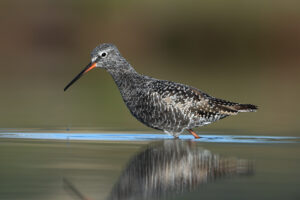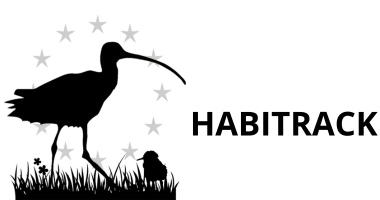Dunkler Wasserläufer
Die europäische Population wird auf 20.000-45.000 Paare geschätzt, die hauptsächlich an der Mittelmeerküste und in der Sahelzone überwintern (Delany et al. 2009). In höheren Breiten brütet die Art in Tundra- oder offenen Feuchtgebieten innerhalb der Taiga. Die südlichsten Individuen brüten in landwirtschaftlichen Mosaiken (Keller et al., 2020). Obwohl die Brutbestände der Art in den drei fennoskandinavischen Ländern klein bleiben, gibt es Hinweise auf negative Dynamiken der Art auf kurze bis lange Sicht (Lindström et al. 2015). Übermäßige Entwässerung von Mooren in Finnland könnte einer der Gründe für den Rückgang der Art sein (Fraixedas et al. 2017). Unseres Wissens ist die Art eine der am wenigsten untersuchten europäischen Watvögel, und es wurden bisher keine Besenderungsstudien durchgeführt.

Spotted Redshank (Tringa erythropus) taken the 14/04/2024 at Hyeres - France
